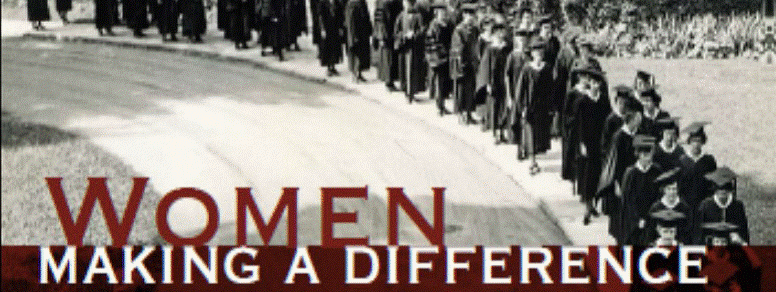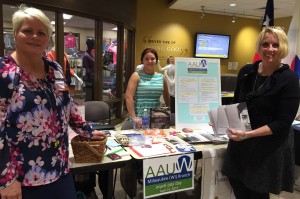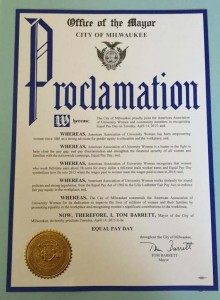Stay Up To Date With AAUW’s NEW Advocacy Tool
Are you ready to take your advocacy to the next level? Opt into AAUW’s Two-Minute Activist Mobile. This exciting new tool will allow AAUW to send more timely and targeted communication straight to your cell phone via text message. That means we can provide you with more strategic opportunities to take action when your advocacy can make a difference. Sign up online or text the word “AAUW” to phone number 21333 now to join.
Deeper in Debt
Student loan debt is now a $1.3-trillion problem burdening 44 million borrowers. Experts are talking about the effects of student debt on the economy, but they aren’t talking about its disproportionate effects on women. AAUW takes a close look at that oversight in the new research report Deeper in Debt: Women and Student Loans. Register for the livestream launch event on May 24 or be the first to know when the report is released.
Read more.
Equal Pay Laws by State
The Paycheck Fairness Act will help secure equal pay for equal work for all Americans. But until that happens, each state will continue operating under antiquated regulations and piecemeal state and local laws to combat unequal pay. While some states do have stronger laws than other states, AAUW members will keep working to make the whole country a better place for women to live and work.
Find out more about your states.
Leadership Lessons from Equity’s Women of Wall Street
Run Like a Girl
Women have been running for president of the United States since 1872 — before women even had the right to vote.
Here are some of the women who have tried to crack the ultimate glass ceiling.
More than 50 years after the passage of the Equal Pay Act, the gender pay gap remains a very real problem. When the law passed in 1963, women were paid 63 cents for every dollar men were paid. Today, women are paid on average 79 cents for every dollar paid to men. Although we have made strides, the gender pay gap still affects women’s economic security, including their ability to pay off student loans promptly.
Loan repayment is a significant burden for women, who earn less on average over the course of their lives than their male counterparts. AAUW’s report—Graduating to a Pay Gap—found that the median student loan debt burden was slightly higher in 2009 for women than men. In addition, 53 percent of women and 39 percent of men were paying a greater percentage of their income toward student loan debt than they could afford.




